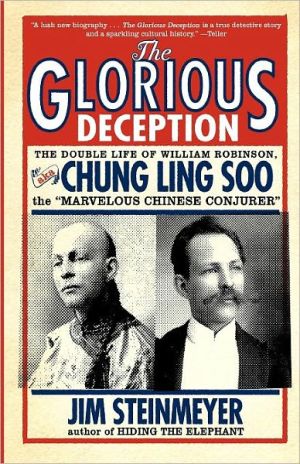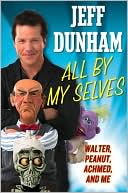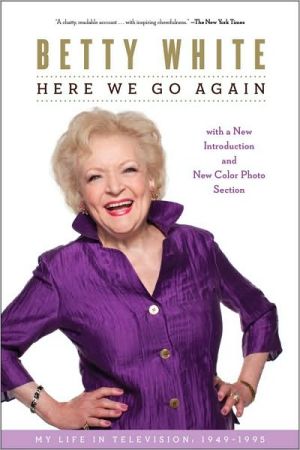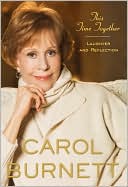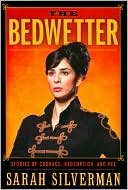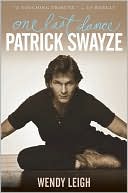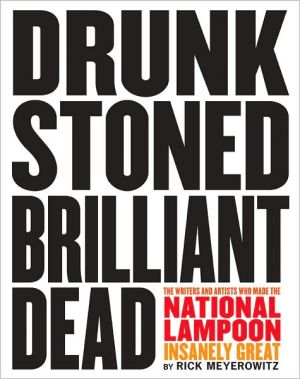The Glorious Deception: The Double Life of William Robinson, aka Chung Ling Soo, the Marvelous Chinese Conjurer
In a biography woven from equal parts enchantment and mystery, master illusion designer and today's foremost magic historian, Jim Steinmeyer, unveils the astonishing secrets behind the enigmatic performer Chung Ling Soo, the "Marvelous Chinese Conjurer" — a magician whose life of intrigue and daring remains unparalleled to this day. He learned his art during a revolutionary era in show business, just as minstrel, circus, and variety saloons were being stirred together and distilled into a...
Search in google:
In a biography woven from equal parts enchantment and mystery, Jim Steinmeyer unveils the secrets behind the most enigmatic performer in the history of stage magic, Chung Ling Soo, the “Marvelous Chinese Conjurer”—a magician whose daring made his contemporary Houdini seem like the boy next door. Soo’s infamous and suspicious onstage death in 1918 mystified his fellow magicians: he was shot during a performance of “Defying the Bullets,” in which he attempted to catch marked bullets on a porcelain plate. When Soo died, his deceptions began to unravel. It was discovered that he was not Chinese but a fifty-eight-year-old American named William Ellsworth Robinson, a former magicians’ assistant and the husband of Olive Robinson. But even William Robinson was not who he appeared to be, for he had kept a second family with a mistress in a fashionable home near London.Here is a look at the rough-and-tumble world of turn-of-the-century entertainments, the West’s discovery of Oriental culture, and Soo's strange descent into secrecy as he rose to stardom—written by the foremost chronicler of magic’s history and culture. Due to the scandals surrounding Robinson’s death, this is the first time his full story has ever been told.Photographs are included. The New York Times - William Grimes In conjuring up, if one may so phrase it, the early vaudeville era, [Steinmeyer] displays an expert's grasp of the mechanics behind the magic tricks of the day and a keen appreciation of the technologies that allowed stage artists to play new variations on classic illusions.
\ William GrimesIn conjuring up, if one may so phrase it, the early vaudeville era, [Steinmeyer] displays an expert's grasp of the mechanics behind the magic tricks of the day and a keen appreciation of the technologies that allowed stage artists to play new variations on classic illusions.\ — The New York Times\ \ \ \ \ Publishers WeeklyIn the boisterous heyday of the vaudeville music hall-an era that featured renowned magicians like Herrmann the Great and Harry Houdini-the mysterious and exotic Chung Ling Soo was considered among the greatest. Thus, his shooting death on a London stage in front of a packed house in 1918 was cause for scandal and rumor. In this affectionate and informed biography, Steinmeyer (Hiding the Elephant) tantalizingly picks along the trail of the magician's life back to his birth-not in China but New York. As a stunned public would discover, Soo was really William Ellsworth Robinson. That Robinson was able to maintain the fiction for so many years in the relentless spotlight of worldwide fame might have been a delicious tale. Unfortunately, there's no rabbit in this hat. Steinmeyer quotes Robinson himself to the effect that the public probably suspected and didn't care. Fans of the magic arts will appreciate Steinmeyer's intimate and colorful portraits of craft. The author is less successful in unraveling the complex riddle of Robinson's personal life; his forensic speculations and judgments are underexplored or simplistic. Who was William Ellsworth Robinson? That question remains unanswered. B&w illus. Agent, James Fitzgerald. (Aug.) Copyright 2005 Reed Business Information.\ \ \ Library JournalHe billed himself as "the Original Chinese Conjurer," but in truth Chung Ling Soo was William Ellsworth Robinson (1861-1918), born in New York City. Rob, as he was known to his friends, spent years learning the trade of magic, working for conjurers in vaudeville and performing his own tricks before small crowds. It was a famous conjurer truly from China, Ching Ling Foo, who prompted Robinson to offer his own version of magic from the East, crafting the identity that made him a star. Steinmeyer (Hiding the Elephant: How Magicians Invented the Impossible and Learned To Disappear), a noted designer of magical illusions, gives us a behind-the-scenes look at both the world of performers and their illusions that made conjuring so popular at the dawn of the 20th century. A previous biography, The Riddle of Chung Ling Soo, kept back details that might have been harmful to Robinson's family and to the magic profession. Now Steinmeyer can give a full portrait of Robinson with his powerful yet nuanced depiction of a man whose life ended tragically while performing the notorious "Catching the Bullet." Suitable for public libraries and the leisure reading sections of academic libraries.-Dan Harms, SUNY at Cortland Lib. Copyright 2005 Reed Business Information.\ \ \ \ \ Kirkus ReviewsFor a magician, William Robison was a surprisingly indelicate man, detailed in this suitably beguiling portrait from Steinmeyer (Hiding the Elephant, 2003). Though Robinson was to gain international notoriety as the Chinese conjurer Chung Ling Soo, he cut his teeth as a creator of magic tricks and as an assistant to such greats as Harry Kellar and Alexander Herrmann. Steinmeyer, a designer of illusions himself, is clearly taken with Robinson for his technical proficiency, imagination and originality; he's also dexterous in handling Robinson's convoluted life (although he isn't especially impressed with this aspect of the man). Robinson was a philanderer, a secret sharer who had what amounted to three families at the same time, ultimately never giving much satisfaction to any of them. He engaged in espionage, shuttling tricks from one player to another, even stealing Ching Ling Foo's great show from under him. One of Steinmeyer's own neat tricks is explaining Robinson's illusions in a way that doesn't deflate the reader's pleasure. Robinson's work, from his black arts (so called because the careful adjustment of stage lights allows a black backdrop to dematerialize black objects in front of it) through the tricks from China that he managed to deconstruct into his own marvelous mechanical concoctions, are unfurled to let their hidden brilliance shine. Steinmeyer is equally captivating in tracing the changes in Soo's image as seen by the public. At first, he fit snugly into the Victorian-Orientalist fantasy of old China. Later, he had to contend with the prejudice fostered by the Boxer Rebellion, an event that he dealt with in his "Condemned to Death by the Boxers" routine-a routine thatwould be the death of him-to demonstrate his loyalty. In the end, he showed how even a faux Chinaman could subvert the discrimination of the times through being honored as a Chinese artist. In Steinmeyer's capable hands, Robinson becomes a walking, talking illusion and a reminder: never trust appearances when in the presence of a magician.\ \
